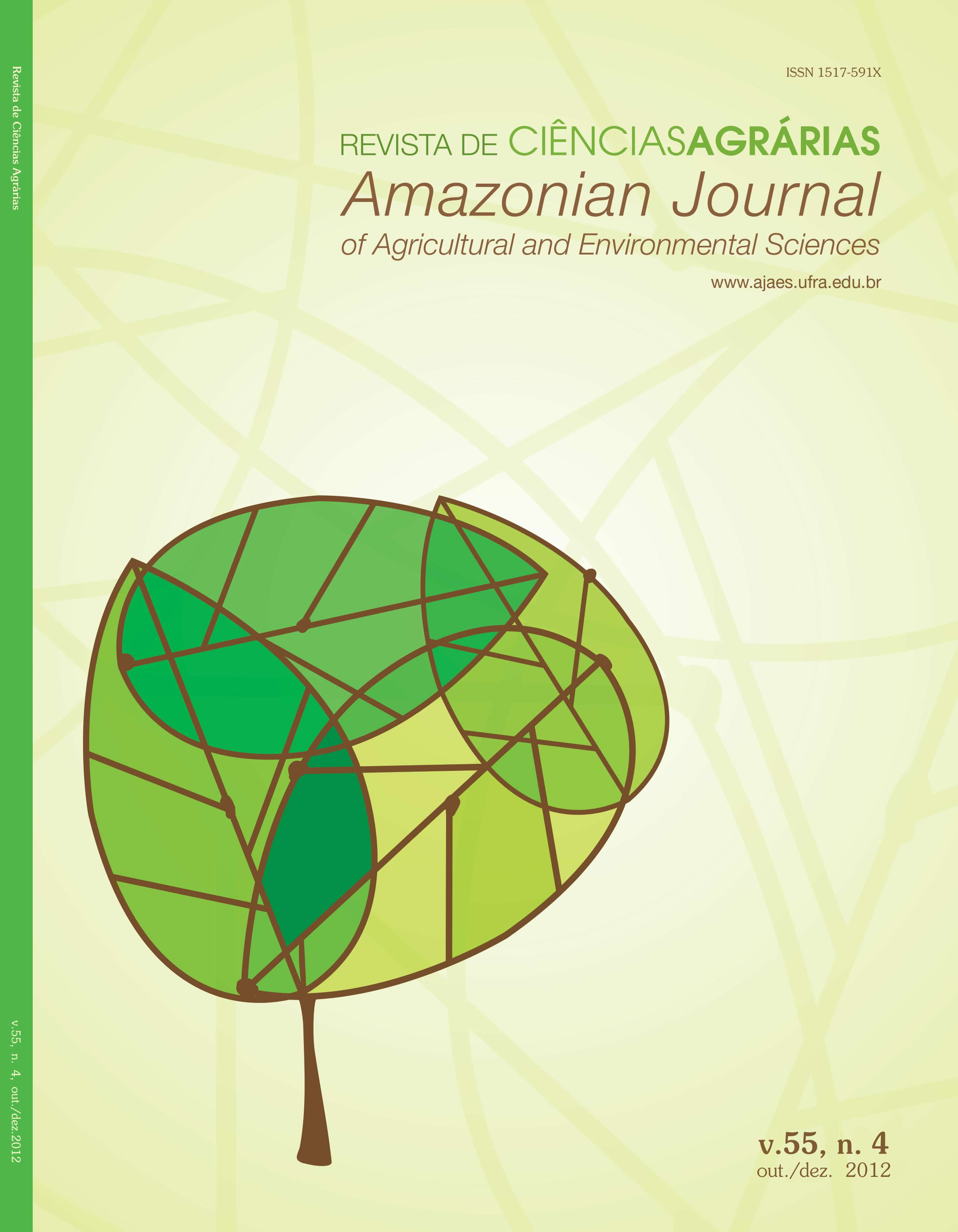Toxicity of insecticides used in sugarcane crop to the diazotrophic bacteria Herbaspirillum seropedicae
Resumo
Although sugarcane crop responds to nitrogen fertilization, especially in sugarcane ratoon, the use of mineral sources of N is one of the factors of great economic impact in sugarcane production. Studies indicate that the use of diazotrophic bacteria can supply part of the need of nitrogen for this crop. The objective of this study was to identify pesticides used in the cultivation of sugarcane that do not affect the growth or cause harm to the ability of biological nitrogen fixation (BNF) of the diazotrophic bacterium Herbaspirillum seropedicae. Five insecticides (imidacloprid, fipronil, thiamethoxam, endosulfan and carbofuran) were tested in their respective commercial doses regarding their impact on bacteria growth. The parameters analyzed were duration of the lag phase, generation time and maximum cell density. The impact of pesticides on the nitrogenase activity of H. seropedicae grown in semi-solid medium was also assessed. Endosulfan and carbofuran hindered the growth of diazotrophic bacteria H. seropedicae, but did not reduce the BNF in vitro. Carbofuran increased the generation time and reduced the lag phase duration of H. seropedicae. Endosulfan increased its lag phase duration. Imidacloprid, fipronil and thiamethoxam did not cause any toxic effects to the growth and BNF in vitro of the diazotrophic bacteria H. seropedicae.
Downloads
Os autores mantêm os direitos autorais e concedem à revista o direito de primeira publicação. Os autores têm permissão e são estimulados a publicar e distribuir seu trabalho em repositório institucional ou como capítulo de livro, desde que citem a Revista. Como o acesso aos artigos da Revista é gratuito, estes não poderão ser utilizados para fins comerciais. Os conteúdos publicados são de inteira e exclusiva responsabilidade de seus autores. No entanto, os editores poderão proceder a ajustes textuais, de adequação às normas da Revista e à ajustes ortográfico e gramatical, visando manter o padrão culto da língua e do periódico. A não observância deste compromisso submeterá o infrator a sanções e penas previstas na Lei de Proteção de Direitos Autorias (Nº 9.610, de 19 de fevereiro de 1998).


.jpg)









